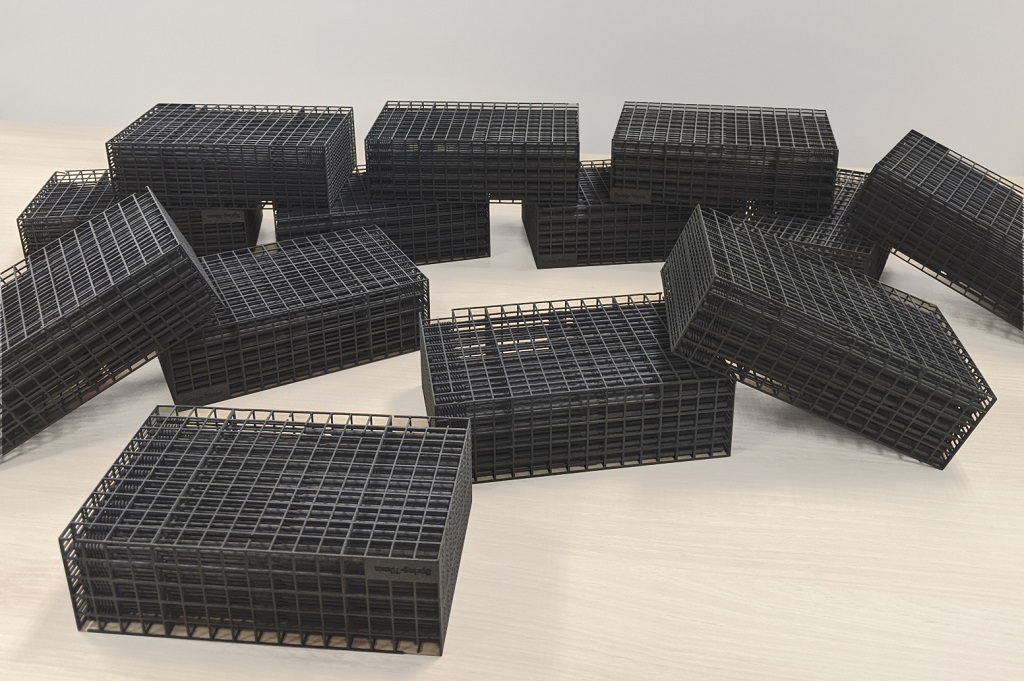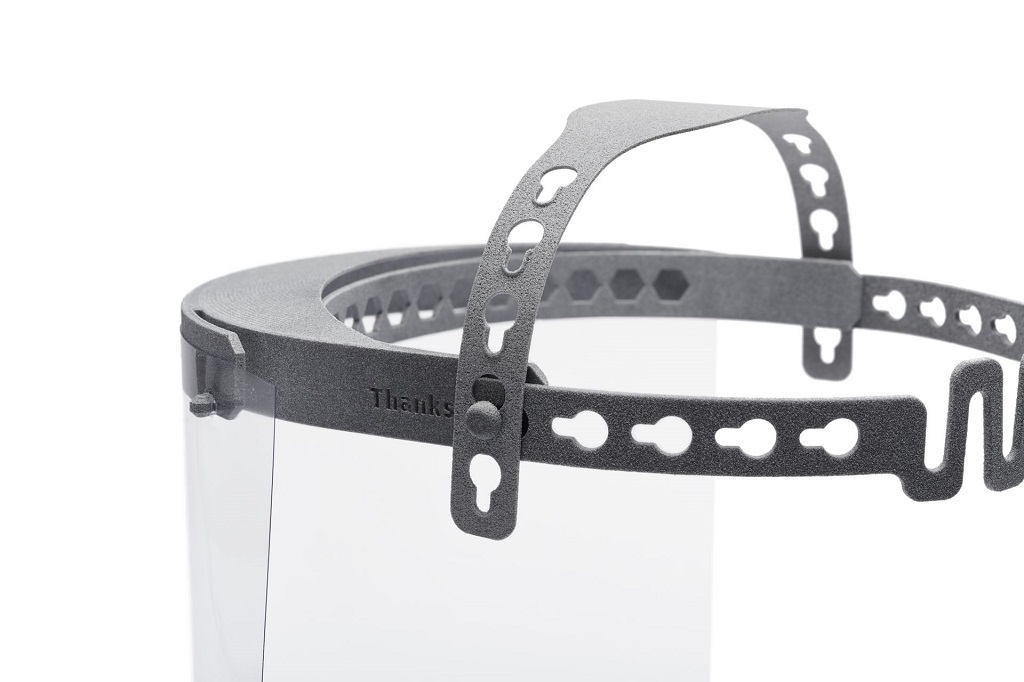
HP has been working internally and with its global partner network to mobilize 3D printing efforts to fight the spread of COVID-19.
See part one of my conversation with Annette Friskopp, Global Head & General Manager of the Specialty Printing Systems (SPS) group in the HP Inc.’s Graphics Solutions Business, here.
Working With The 3D Printing Business
“I think this is an example where we were able to quickly meet the needs of customers,” Friskopp said, noting a familiar goal at HP. “In a way, that’s the story of 3D.”
That story is changing, though, and many more are becoming more and more aware of it. Friskopp and her team worked closely with the 3D Printing business team to see this galvanization into action, as they stepped outside their normal day-to-day focus. I asked for her impressions on working with this other business segment.
“In crisis, when things so radically change and disrupt supply chains, many people are suddenly realizing they can’t hold a l ot of inventory, or there are parts for local needs that can’t wait for shipping around the world. Rapidly prototype, rapidly design, and rapidly scale: that’s the beauty of 3D,” she said. “I’ve seen them grow up, leveraging our core inkjet technology to MJF technology and build that up. It’s building up in terms of fantastic printers, a fantastic understanding of materials science in both plastics and metals, and they’re now demonstrating the ability to scale.”
Many aspects of the 3D Printing business share more in common with the broader HP focus than inkjet, though, she continued, adding, “Customers come first.”
“We’re seeing some economic shifts happening one: production closer to the point of need, a pressure to not hold inventory, a pressure to change rapidly depending on needs,” she said, digging into what made working with the 3D Printing business a good fit for these circumstances. “With the shortage of nasal swabs a month ago, that’s suddenly a part you need, and scaling up quickly is important.”
Scaling up required all hands on deck, as it were, as well as all skill sets.
A benefit of this coming together within the same company has been that there’s a “common language across all our engineering teams, you can quickly pull someone in from another division,” Friskopp said. Familiarity with the global dynamics and supply chain needs of a global company was also significant for this work.
“In terms of our skill sets, the 3D team came mostly from print, most are veteran HPers who really know their stuff. That’s a real benefit: they know their engineering, they know what it takes — in mechanical engineering, electrical engineering, materials science, logistics — it all comes together with our world-class supply chain. All of it is built on this legacy where HP has been very successful for many decades, with billions of dollars of R&D.”
NP Swabs Progress
From design to delivery, the NP swab timeline was just 35 days.
Activity has significantly ramped up to get these swabs where they’re needed most. Friskopp and Lihua Zhou, Head of 3D Lab at HP’s Palo Alto site, have been highly involved from the start. HP does not typically manufacture 3D printed parts itself, but worked closely through design, iteration, and clinical validation.
When it comes to mass production of these FDA exempt Class I medical devices, FATHOM, Forecast 3D, and Abiogneix are the first team of partners and distributors offering access to the swabs. Through this initial partnership, 100,000 NP swabs can be made daily.
More partners and distributors are in touch with HP to continue to ramp efforts up in the US, Canada, and Europe. HP has been ensuring that they work with teams who offer the specific expertise to effectively and efficiently take orders for these medical devices and fulfill and distribute them.
HP COVID-19 Efforts

On top of the NP swabs we spoke about, HP has been active in putting its 3D printers located in its global R&D sites to use to make necessary supplies to donate around the world.
As noted, HP does not typically manufacture 3D printed parts for customers — but these are very special circumstances. HP has donated supplies throughout the Americas, Europe, and the Asia Pacific region to hospitals and other medical professionals in need. Among these supplies have been face shields, face mask, door openers, and others; for an idea, check out HP’s 3D printed designs that relate to the pandemic.
Together with its global partner network, HP has now produced more than 1.5 million 3D printed parts, including PPE and supplies from its R&D sites and from its global partner network. This figure does not include the nasopharyngeal swabs.
All in all, HP has been exemplifying the impact of collaboration for its crisis response. Internal collaboration to get the right teams working together, as well as work with its broad global partner network to come together in this all-important mission.
